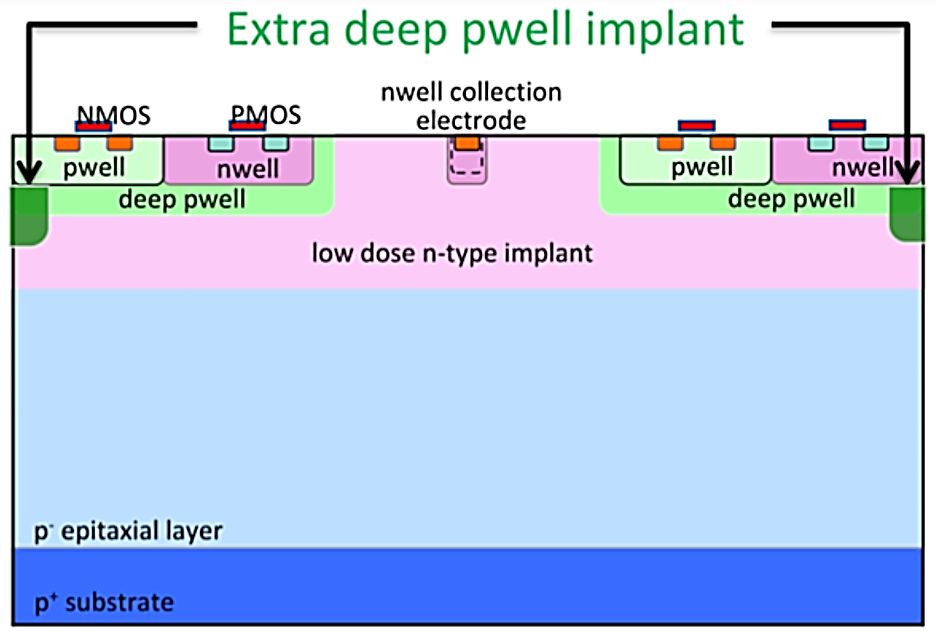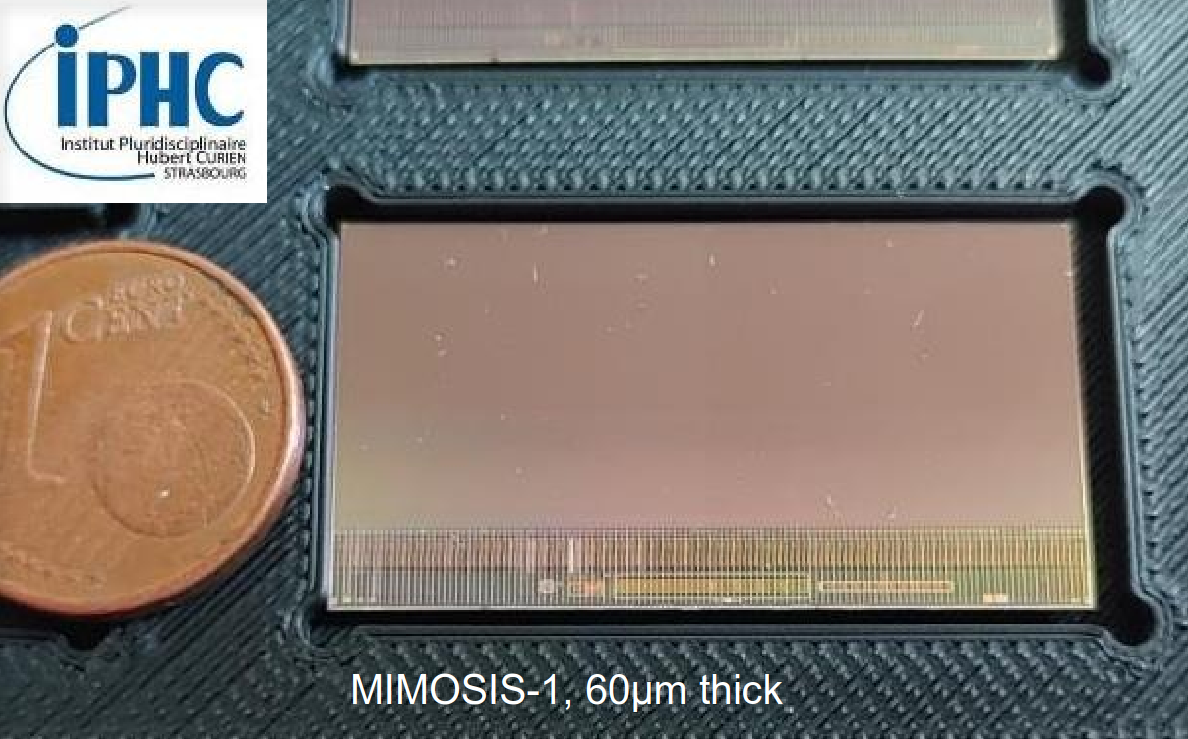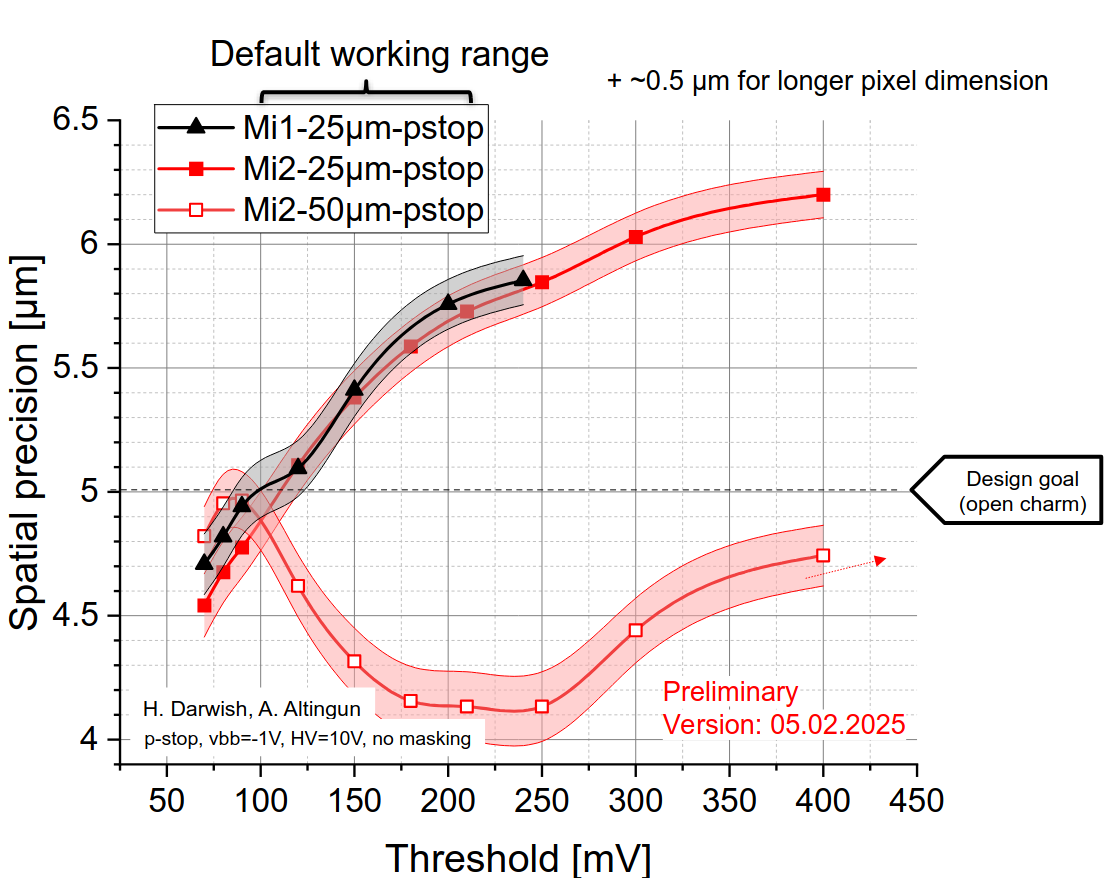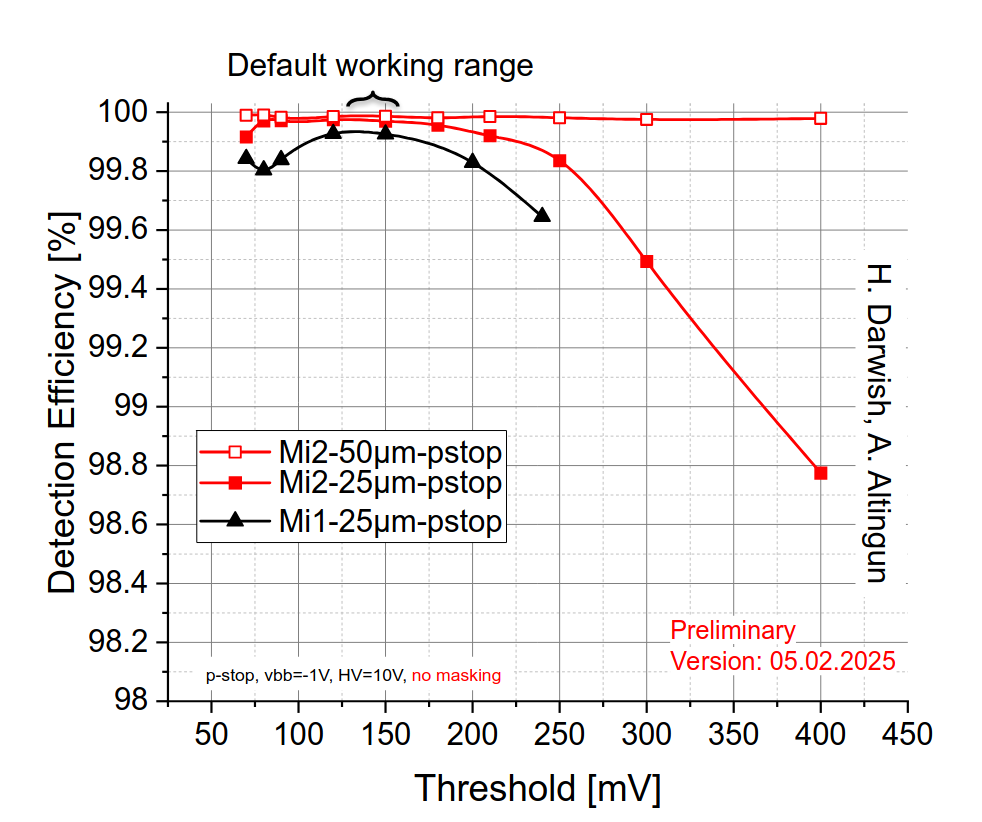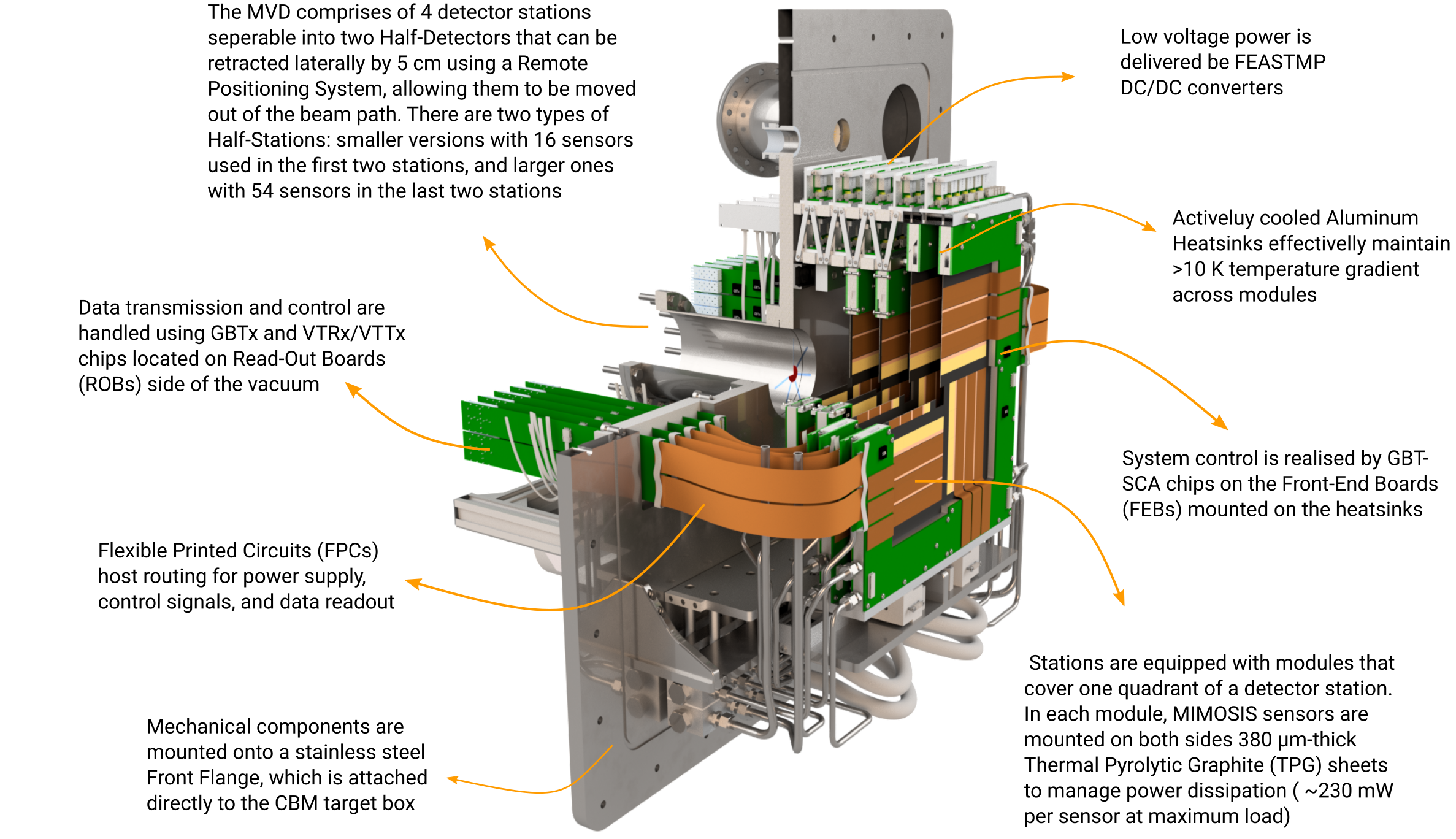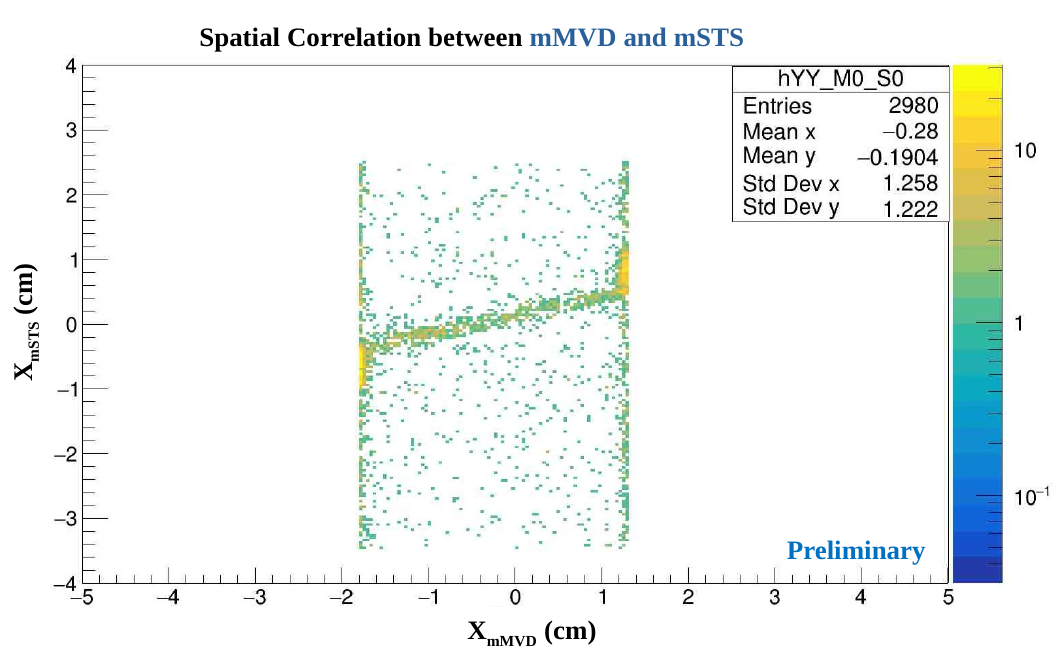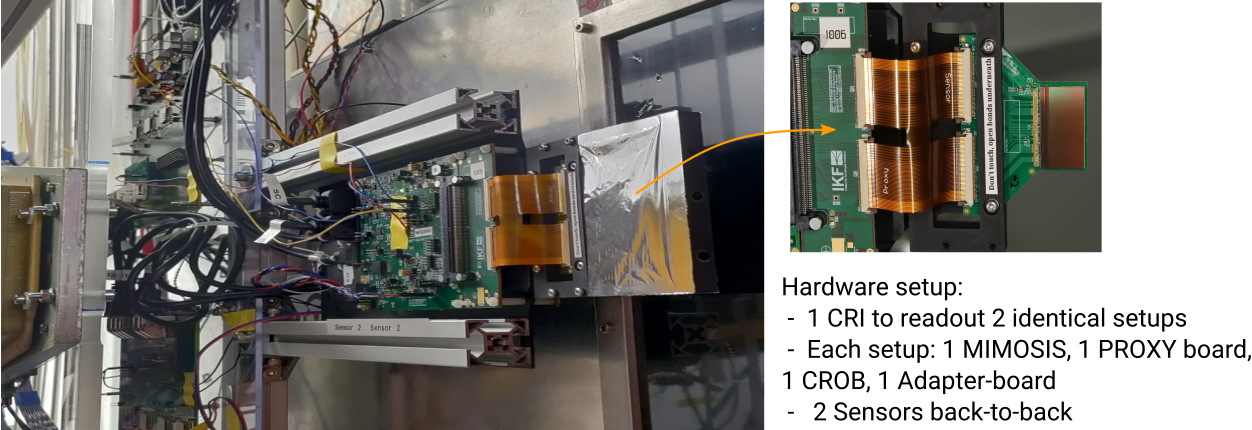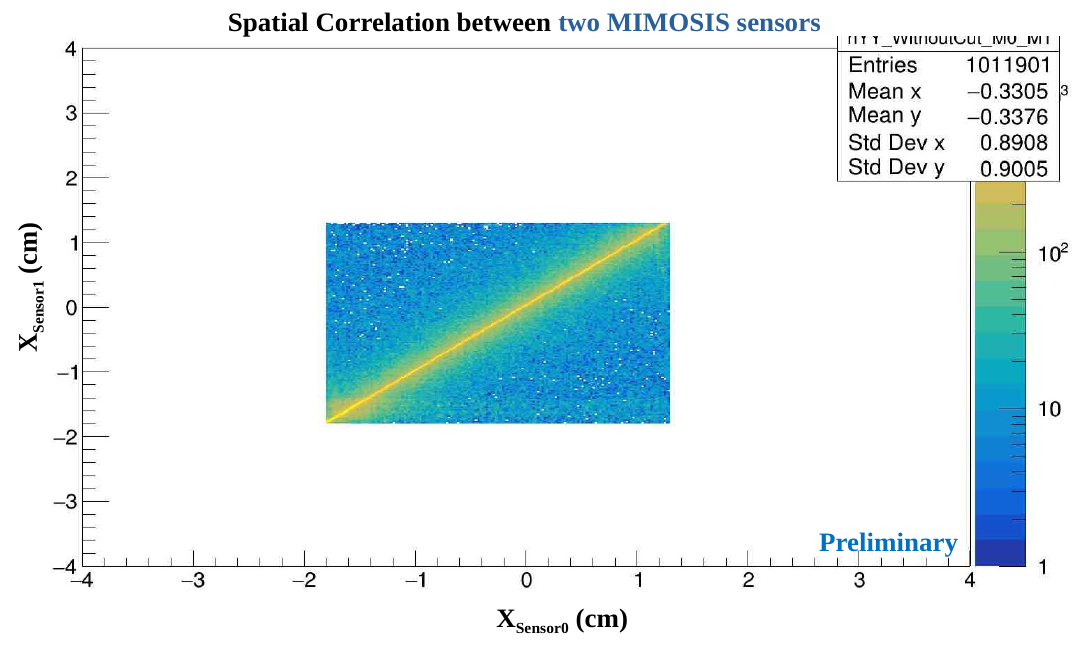|
The Micro Vertex Detector (MVD) is the first detector subsystem positioned downstream of the target in the CBM experiment. It is located between 5 to 20 cm from the target, upstream of the Silicon Tracking System (STS).
|
|
The Micro Vertex detector is designed under rigorous constraints shaped by the need for high precision vertexing and tracking of particles with small laboratory momenta in the CBM energy regime. A central design objective is the reduction of the material budget to a limit of 0.3 – 0.5 % x/X0 for each station aiming to minimize multiple scattering. To achieve this the detector is placed inside the target vacuum chamber to omit additional material introduced by a vacuum window. The detector must withstand intense radiation caused by
This environment makes radiation hardness a critical requirement for the choice of materials as well as for the sensing element (the MIMOSIS sensor). In order to maintain high detection efficiency and suppress fake hits the sensors demand stable sub-zero operation, consequently thermal management poses major technical challenges, addressed by:
Additional challenges arise from the magnetic field and vacuum conditions which although not detrimental to the sensors, limit the range of compatible materials and necessitate careful system design. |
|
- MVD is positioned at the center of the CBM dipole magnet. - Geometrical acceptance of : 2.5° ≤ θ ≤ 25° in the full azimuth. Performance - Achieves 5 μm spatial resolution per measurement point. |
|
Overview - MIMOSIS: a Monolithic Active Pixel Sensor (MAPS), primary detection element of the MVD. - Developed by IPHC Strasbourg, manufactured with 180 nm CMOS imaging process from TowerJazz. - Derived from ALPIDE chip (ALICE experiment). Key Features - Fully depleted sensing node. - Integrated pixel-level amplification, signal shaping, and hit discrimination. - Includes on-matrix hit clustering and priority encoder. - Enhanced digital readout system (front-end and back-end) with increased bandwidth and temporary data storage via elastic buffer. Physical & Pixel Specifications - Chip size: 31.15 × 17.25 mm². - Pixel matrix: 1024 × 504 pixels. - Pixel size: ~27 × 30 μm². - 3.6 mm non-sensitive margin for on-chip readout circuitry. Pixel architecture evaluation ongoing, final design submission planned for 2025. Performance & Radiation Tolerance - Designed for high interaction rates: Au+Au: up to 0.1 MHz, p+Au: up to 10 MHz. - Handles average hit rates of 20 MHz/cm² and peak rates of 80 MHz/cm². - Maximum radiation tolerance: 5 MRad ionizing, 7 × 10¹³ neq/cm² non-ionizing - Greater than 99.9% det. efficiency after irradiation Tolerance reached after ~2 months of continuous beam operation (1 CBM data-taking year). |
|
|
|
In May 2025 the mMVD detector system was succesfully integrated to the mCBM experiment with the aim to:
|

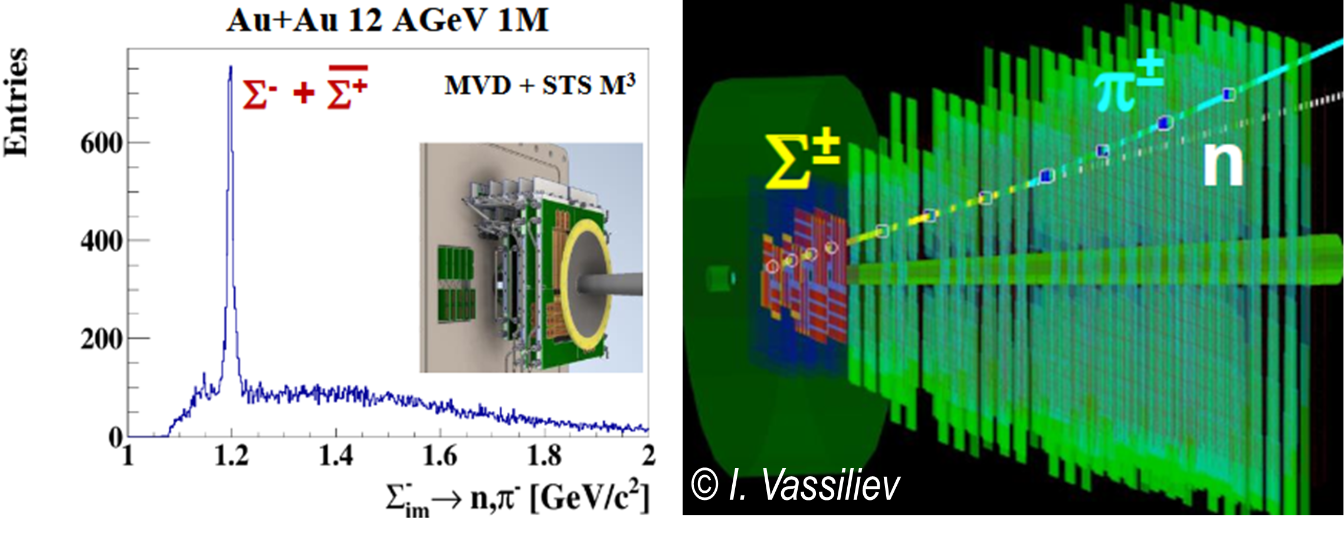
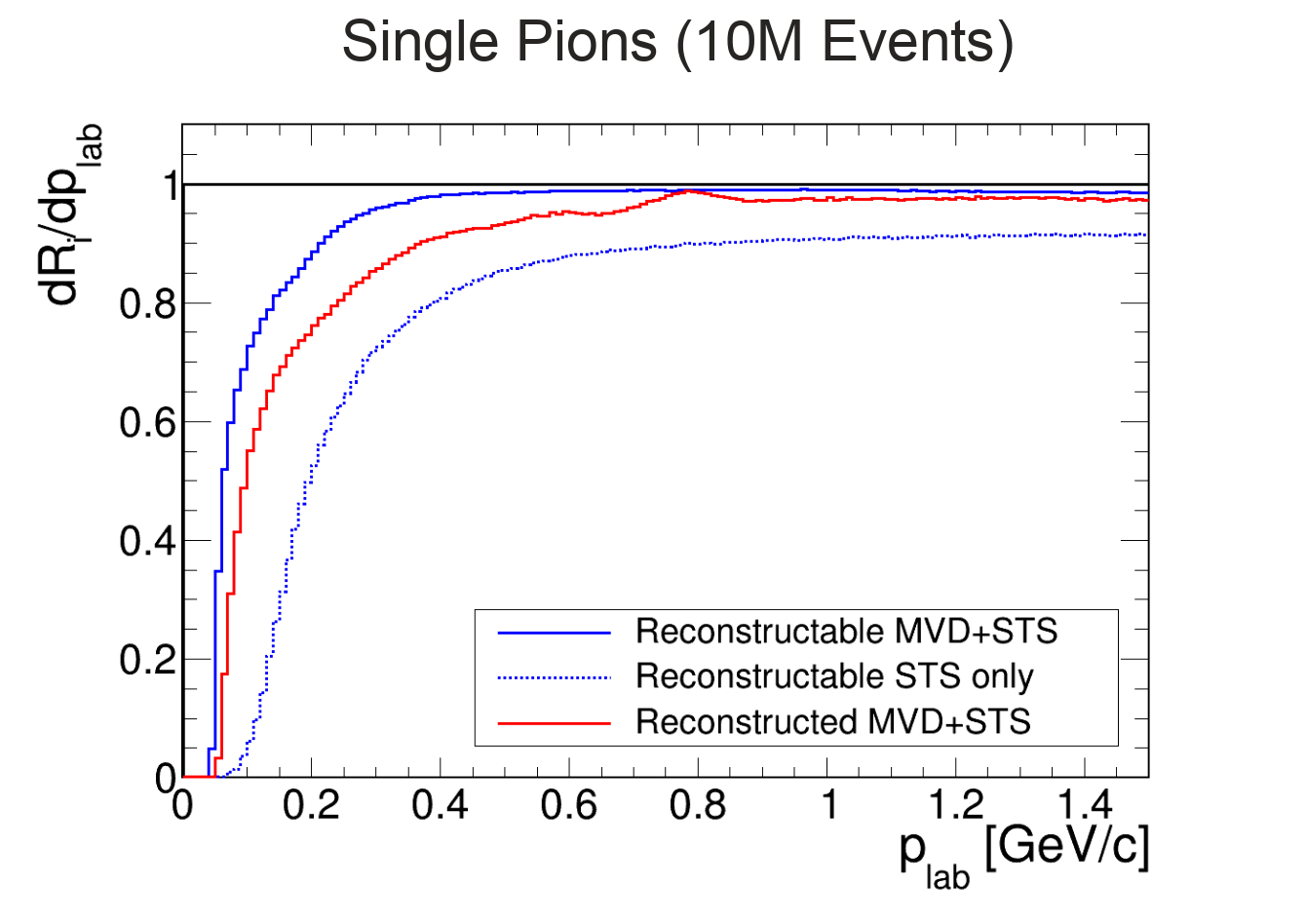
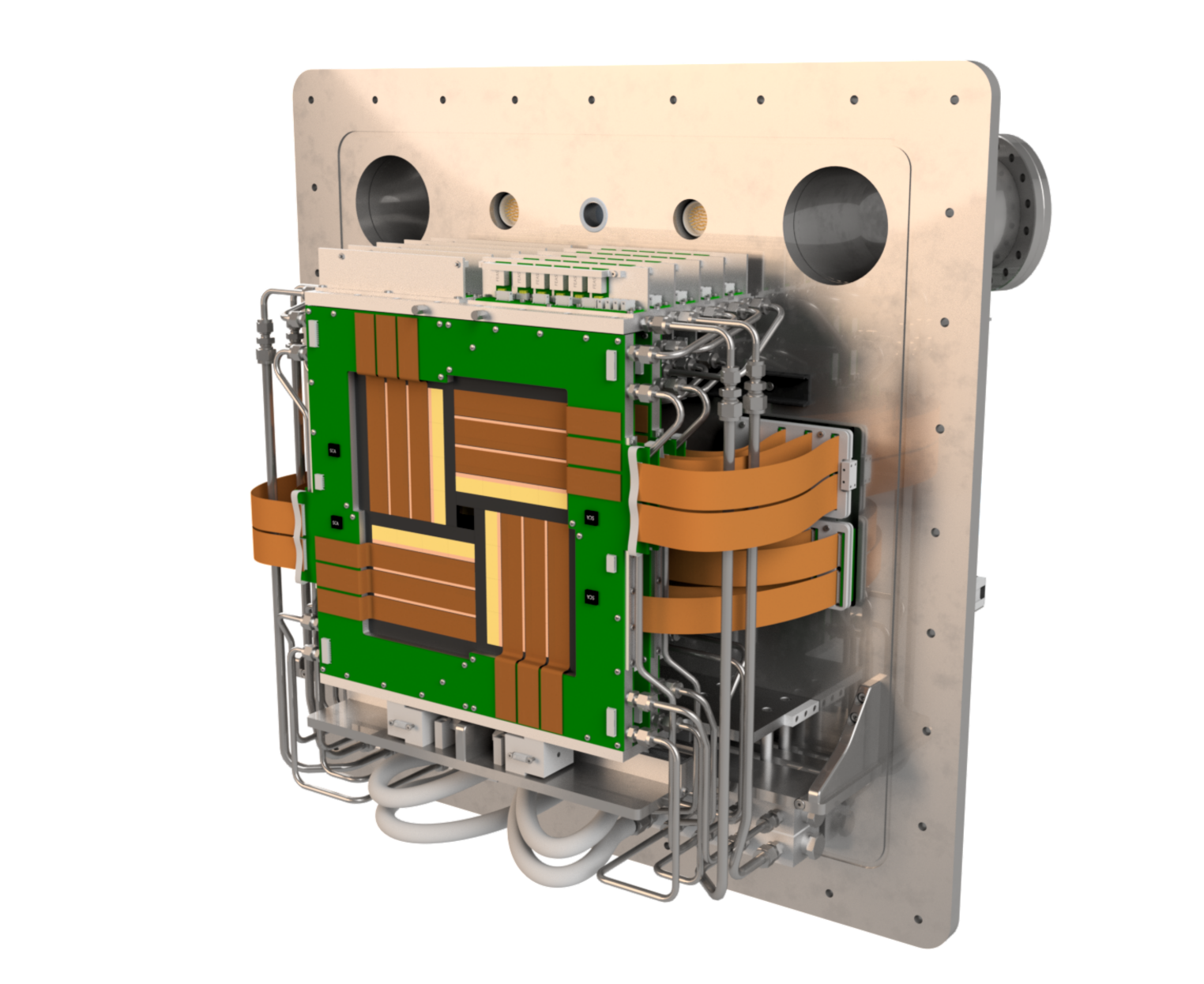
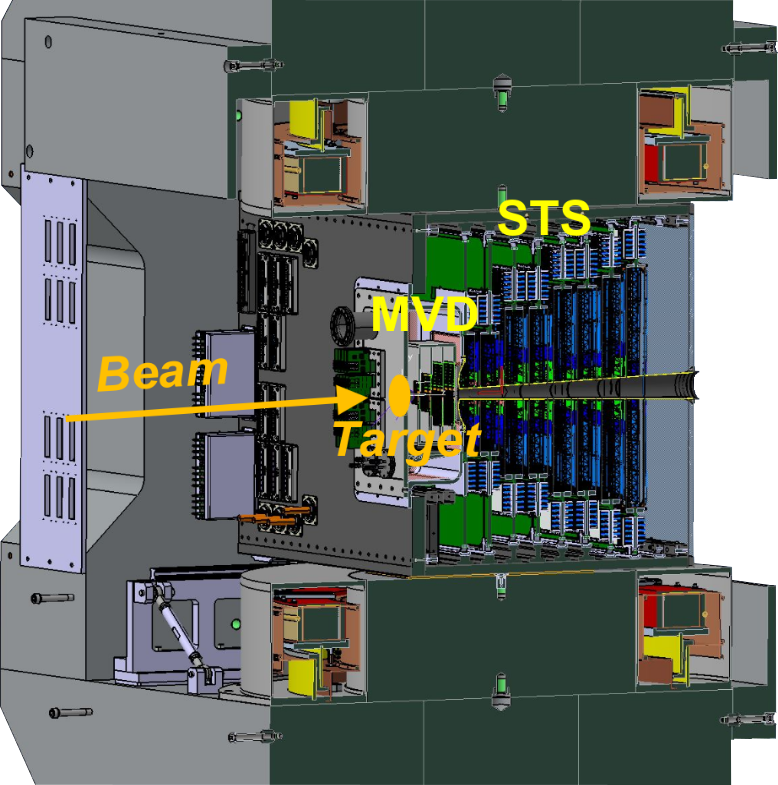 Positioning & Environment
Positioning & Environment